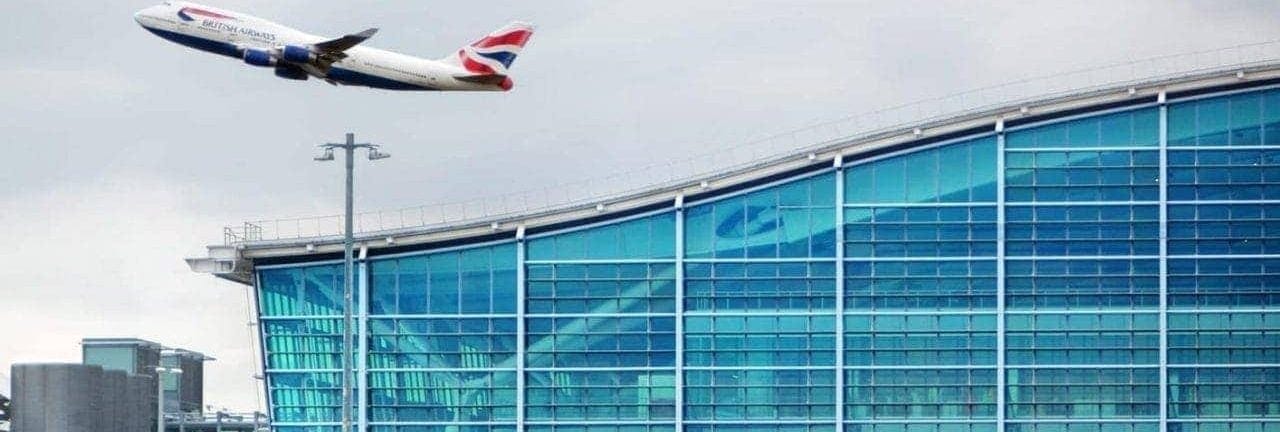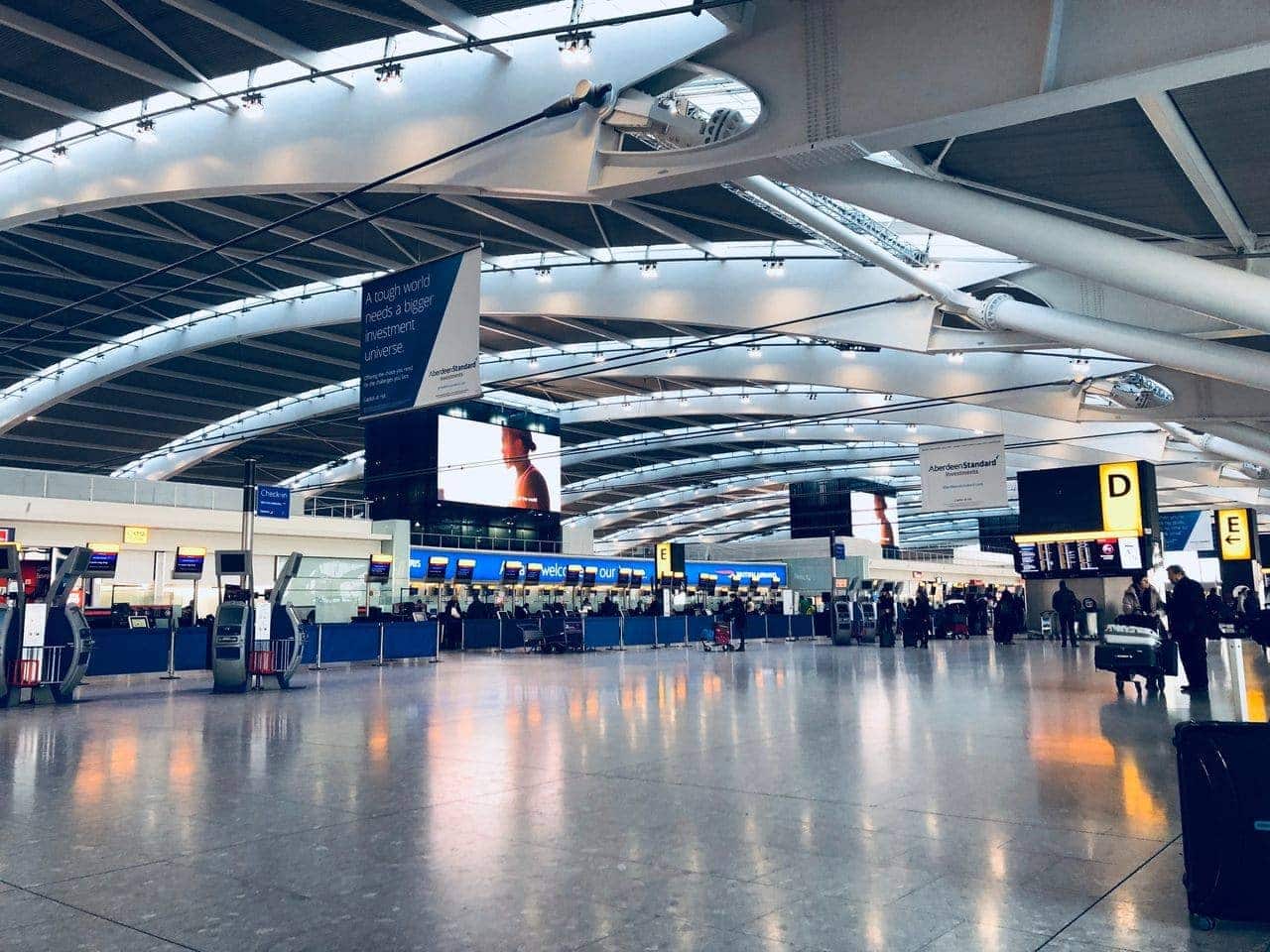
What is flexible infrastructure? (And why we need more of it)
17 of September of 2021
When the pandemic hit, most international airports were faced with a similar problem: Their big, spacious terminals were suddenly empty. As passengers trickled through the tiled hallways, air conditioning units kept them cool while cleaners cleaned around them. From a passenger experience point of view, not much had changed. Maybe the duty free was closed, but other than that, the space you travelled around remained the same.
From an asset management point of view, this is a serious challenge. Heating and cooling a giant open space like an airport terminal is costly. When those open spaces are designed for tens of thousands of people, the ratios make sense. When only a few hundred people turn up, suddenly your airport terminal isn’t very efficient. Enormous spaces are great when your airport is at capacity. When it’s not, they become a burden.
When infrastructure can’t adapt to change, we can refer to it as inflexible or single purpose infrastructure. And this type of infrastructure is all around us. The same pandemic challenge hit urban and interurban highways they were almost silent and ghostly and not able to fulfil their single purpose a route for vehicles from A to B, but still had to be maintained, cleaned and kept safe.
What is ‘flexible’ infrastructure?
Inflexible infrastructure is static. It can’t change. Flexible infrastructure on the other hand, is infrastructure that can adapt to low probability, high impact events like a pandemic either by adapting to the change in demand or by providing alternative use case options.
Imagine an airport terminal the shape of your hand, with one hallway leading to five different corridors. Each of these corridors could have 4 or 5 air bridges attached. In this design, when you no longer need 80% of your terminal capacity (like right now), you can close 80% of the space, saving on heat, electricity and other services needed to maintain the building.
In this example, designing flexibility into the airport terminal from the beginning allows it to maintain its value proposition. This isn’t the perfect terminal design by any stretch of the imagination, but an exercise to get us thinking about how flexible infrastructure can help us adapt in moments like the one we’re living now. As passenger throughput drops, operation expenditure (opex) should be able to match it.

Think of your house. When you walk in you switch on the hallway light. As you leave the hallway you switch that light off, and switch the living room light on. You decide to cook something so you turn the oven on to heat up. You cook your food, turn the oven off and turn the TV on. It’s cold so you close the door and turn your heating on for that one room. This is flexibility. The inflexible house turns your lights, TV, oven and heating on all at the same time, whether you need them or not. The operational costs of your house have now skyrocketed.
Using data to design flexibility
There are different degrees of flexibility that you can design into your infrastructure. And it’s not just the shape of the building, but the services as well. In the airport example, that could be the retail area or baggage system. For a toll road, that could be giving extra space to specific vehicles at certain times of the day. An extra lane for public transport in the morning, more space for commercial vehicles during the day, for example.
When designing flexibility into infrastructure though, you have to be aware of the needs of the local population. Certain populations have certain needs. There are cultural differences and habits even within different regions of the same country.
To help design flexibility into infrastructure, we use something called a digital twin. The digital twin can be a dataset you’ve collected that contains information on the type of vehicle at a specific time of day. You can then use this data to simulate, among other things, what would happen on the highway if you turned an all purpose lane into a high occupancy vehicle (HOV) lane.

The digital twin can also be much more visual; a 3D space that allows you to judge the look and feel of a piece of infrastructure. The 3D digital twins allow you to share designs with local communities, which gives them the chance to provide you with invaluable feedback. This feedback can then be input into the digital twin, analyzed and perfected.
It’s important to balance everything
Flexible infrastructure is infrastructure that can adapt to change, and be more profitable over time. It’s infrastructure where flexibility has been designed into the fabric from the beginning. But the reality is that 100% flexibility isn’t possible. The perfect toll road doesn’t exist. User behaviors dictate what a perfect piece of infrastructure is, and user behaviors vary throughout the world.
But understanding user behavior through the use of digital twins and customer feedback allows you to strike a balance between opex, capital expenditure and flexibility, thus creating the most flexible infrastructure for that time and place.
Flexible infrastructure as a principle allows us to make a more sustainable future for infrastructure.





1 comment
09 of June of 2025
Why can heating and cooling airport terminals become inefficient from an asset management perspective when passenger numbers are low? Greeting PJJ Informatika